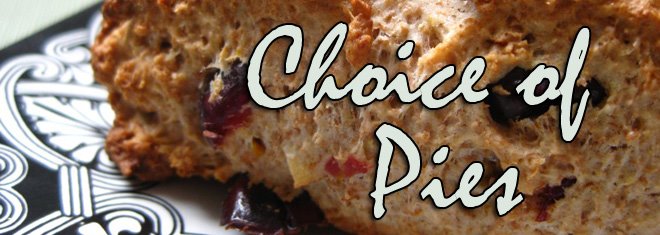
I then put the whole list in Excel, as shown above. (The graphic shows a total of $155 because we had already spent $45 stocking up on February 1st.) Whenever I buy food, I save the receipt and enter the amount in each category. The column on the right shows me whether or not I've gone over budget for that item. You can see that my estimates were not perfect. Because of Dan's birthday and Valentine's Day this month, there were some more extravagant purchases than usual. Also, because of a food challenge I'm doing (more on that tomorrow), I'll definitely go over budget in the "other" category. However, I'm pretty sure that I'll be able to stay within the overall budget and not go over $155/200.
Having a strict budget like this has been helpful for me because I'm less likely to toss random things (like, say, kalamata olives) in to the cart if I know I'll have to account for them later. You may have noticed that there is no meat on the list; that's because I fill the freezer when I find a good deal and such purchases usually last for a long time, since we don't eat much meat anyway. I think the only meat I bought this month was two slices of deli ham (accounted for under "other") for a macaroni dish we had a couple of weeks ago. We've had chicken a few times, using frozen breasts that I bought in bulk. Mostly, however, we get our protein from beans, cheese, or nuts.
What's not in this budget? Household items like cleaning supplies - we haven't needed to buy any this month. Personal care items - I did buy a toothbrush this month, but that's it. I didn't include personal care as a category in the budget because we spend so little on stuff like that anyway. We buy the cheapest shampoo and we stock up on things like shaving cream and soap when they are on sale, so we only have to restock every few months. We also buy toilet paper and tissues in bulk, and it's not like we could cut back on that sort of thing, anyway. Really, I built the budget around food because a) we already spend minimally on non-food groceries and b) food is where we can easily spend in excess; if we aren't careful, we can add $100 or more to our monthly bill by tossing stuff like crackers, wine, and cantaloupe in to the cart.
The list above clearly does not include everything that we are eating this month; it's just everything we are buying. We won't eat all of it (for example, the tomatoes and lentils should last us at least another month) and what we do eat will be supplemented by food we already have on hand. Our CSA provides us with all the root vegetables we could ever hope to eat and we also have a lot of frozen vegetables and fruit (put aside last summer or bought in bulk on sale).
I've started the list for March:
- milk
- cheese
- butter
- yogurt
- eggs
- salad greens
- frozen broccoli
- canned fruit
- dried cranberries
- flour
- yeast
- oatmeal
- nuts
- whole chicken
- turkey sausage
- 12 pack beer




1 comment:
I'm going to use your Excel template and budget our food expense as well.
Have you tried quinoa? Look up the nutrients in it....you will be surprised. A really healthy meal stretcher available in your co-op bulk section. I prefer the red.
Post a Comment